Despite being known by ancient astronomers, modern technology has helped reveal at lot of new and interesting information about this gas giant. From century old storms to its Galilean Moons, here are some fascinating facts about Jupiter that you may not know.
Facts About Jupiter
- Roman Name: Jupiter is named after the king of the Roman gods. It is also known as the “king of the planets” due to its massive size.
- Jupiter’s Size: Jupiter is the biggest planet in our solar system, being 1,300 times larger than Earth and 2.5 times larger than all the other planets in our Solar System combined.
- Composition: Jupiter is made mostly of gas, with a small rocky core thought to be a dense mix of rock, metal, and hydrogen compounds. The gas is mostly hydrogen and helium.
- Jupiter’s Magnetic Field Is Strong: Jupiter has a very strong magnetic field, which is 14 times stronger than Earth’s magnetic field.
- Biggest Magnetic Field: Jupiter’s magnetic field is so large that it extends out beyond the planet’s atmosphere and creates a huge radiation belt called the “Jovian magnetosphere.”
- Non-Symmetrical Magnetic Field: Jupiter’s magnetic field is tilted at an angle of 11.2 degrees compared to its axis of rotation, and it also has a significant non-uniformity, meaning it is not symmetrical.
- Dangerous Radiation: Jupiter’s magnetic field is responsible for creating intense radiation belts around the planet, which can pose a danger to spacecraft and future manned missions.
- The Most Moons: How many moons does Jupiter have? A lot. Jupiter has the most moons of any planet in the solar system. It has over 80 known moons, with more being discovered all the time.
- Galilean Moons: Jupiter has a unique system of “Galilean Moons” named after Galileo Galilei, who discovered them using a telescope in 1610. These moons are Io, Europa, Ganymede, and Callisto.
- Jupiter’s Biggest Moon: Ganymede, one of Jupiter’s moons, is the largest moon in our solar system and is even larger than the planet Mercury.
- Jupiter Has A Volcanic Moon: Jupiter’s moon, Io, has the most active volcanoes in the solar system. It is also the most densely cratered body in the solar system.
- Possibility Of Hosting Life: Jupiter’s moon, Europa, is believed to have a subsurface ocean beneath its icy surface, raising the possibility of the existence of life on the moon.
- Jupiter’s Rotation Speed Is Very Fast: Jupiter is the fastest spinning planet in the solar system. It rotates on its axis so fast that a day on Jupiter only lasts 9 hours and 56 minutes long. This causes the planet to be noticeably oblate, meaning it bulges at the equator and flattens at the poles.
- Jupiter’s Rings: Jupiter has a ring system, but it is not as prominent as Saturn’s rings.
- Low Density: Jupiter has a low density, about one-fourth that of Earth, despite being much larger. This is because it is primarily composed of hydrogen and helium, which are lighter elements.
- Planetary Gravity: Jupiter’s gravity is so strong that it can pull in objects from the asteroid belt and even comets.
- Celestial Gravity: Jupiter has a strong influence on the solar system due to its powerful gravity. It is responsible for shaping the orbits of nearby objects, including the asteroids in the asteroid belt.
- Spacecraft Visits: Jupiter has been explored by several spacecraft, including the Pioneer 10 and 11, Voyager 1 and 2, Galileo, Cassini-Huygens, and the Juno spacecraft, which has been in orbit around Jupiter since 2016. The Juno mission has provided new insights into the planet’s atmosphere, magnetic field, and the existence of a possible solid core.
- Visibility From Earth: Jupiter is the fourth brightest object in the sky after the Sun, Moon, and Venus. It is visible to the naked eye and can be observed with binoculars or a telescope.
- Great Red Spot: Jupiter’s Great Red Spot is a giant storm that has been raging for hundreds of years (probably 350 years or longer). Jupiter’s Great Red Spot is big enough to fit three Earths inside of it.
- Little Red Spot: Jupiter has a unique feature called the “Little Red Spot”, which is a smaller version of the Great Red Spot and was first observed in 2006.
- Jupiter’s Wind Speeds: The Juno spacecraft has revealed that Jupiter has a complex internal structure with intense jet streams, massive storms and cyclones, and deep winds that reach speeds of up to 620 miles per hour.
- Atmospheric Composition: Jupiter’s atmosphere is divided into bands of clouds made up of ammonia, sulfur, and methane. The Great Red Spot is located in the southern hemisphere and is a region of high pressure.
- Atmospheric Lightning: Jupiter’s atmosphere contains lightning and auroras, caused by the interaction of the planet’s magnetic field with charged particles.
- The Brown Barge: Jupiter has a unique feature called the “brown barge”, which is a dark oval-shaped feature in the planet’s atmosphere that is similar to the Great Red Spot.
- Comet Collision: In 1994, a comet named Shoemaker-Levy 9 collided with Jupiter, providing scientists around the world with a rare opportunity to study the effects of a comet impact on a planet.
- Cold Temperatures: The temperature on Jupiter’s surface can reach as high as -145°C, and it can drop as low as -220°C in the upper atmosphere.
- Jupiter’s Discovery Dates Back To Ancient Times: Jupiter, like the other planets in our solar system, has been known since ancient times and has been observed by many cultures throughout history. The earliest known record of Jupiter observation dates back to the 7th or 8th century BCE by Babylonians. However, the credit for the discovery of Jupiter as a planet is not attributed to any one person, rather it is considered as a collective discovery by ancient astronomers.
- Traveling To Jupiter Takes A Long Time: Currently, the fastest spacecraft to travel to Jupiter is NASA’s Juno probe, which was launched in 2011 and arrived at Jupiter in 2016, taking about five years to complete the journey. If we were to travel to Jupiter by conventional means, such as a chemical rocket, it would take many years, possibly decades, to make the trip. Other proposed methods of travel, such as a nuclear-powered spacecraft or a lightsail, could potentially reduce the travel time to a few years. However, these methods are still in the early stages of development and have not yet been tested.
- Jupiter Is A Failed Star: Jupiter could have been a star like our Sun. It is similar to a star in that it’s mostly made up of hydrogen and helium. However, Jupiter doesn’t have enough mass to start a nuclear fusion reaction in its core, which is what powers a star. Jupiter would need to be 70 times more massive to become a star.
Interesting Jupiter Facts
Jupiter is a fascinating planet with many interesting features. From its massive size to its numerous moons, Jupiter is a true wonder of our solar system. These are just a few of the many interesting facts about Jupiter, and with continued exploration and study, we are sure to uncover many more in the future.
We hope you enjoyed our article on interesting facts about Jupiter. Please leave a comment below.
Here are some interesting facts about Jupiter that you may not know. #JupiterFacts #Jupiter #SpaceExploration #Astronomy #PlanetJupiter #JupiterMoons #JunoMission #NASAJupiter #JupiterExploration Share on XI’m a dog owner that loves poetry, vampires, mountain biking, and cosplay. I’m open to ideas and still trying to figure my SFO life out one blog post at a time. LF ISO SWF GSOH SI DDF.

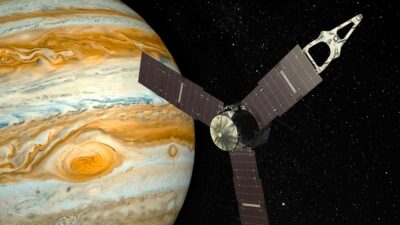

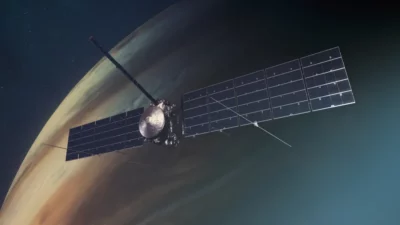
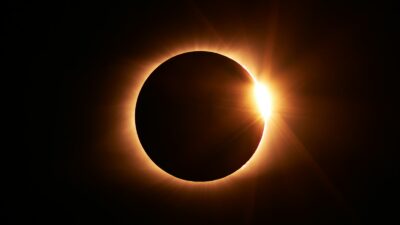
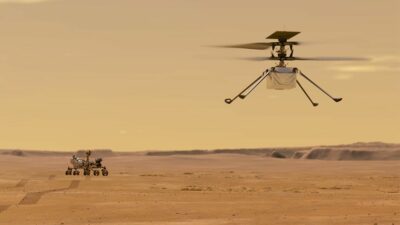
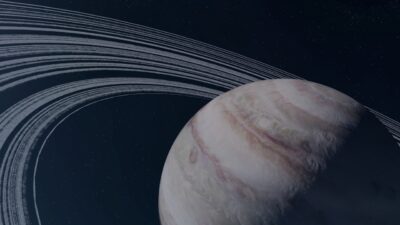
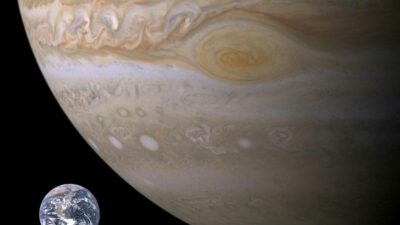
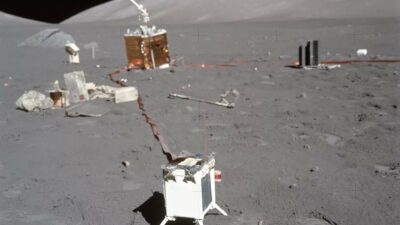
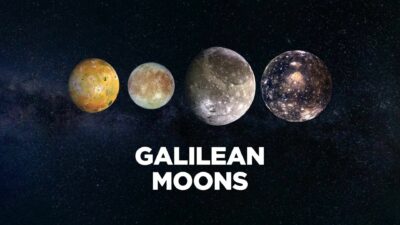
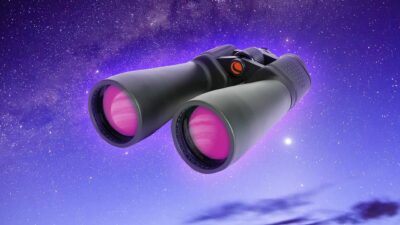
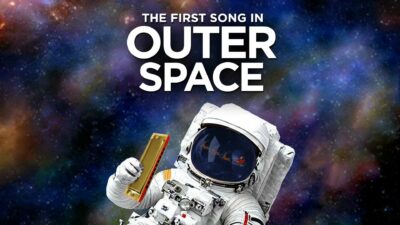

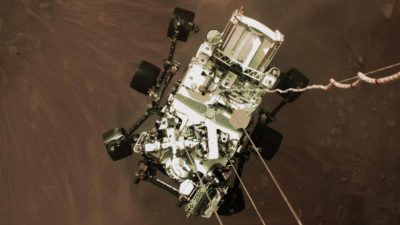










 How The New YouTube AI Tools Can Help You Create More Engaging And Creative Videos
How The New YouTube AI Tools Can Help You Create More Engaging And Creative Videos
Leave a Reply
You must be logged in to post a comment.